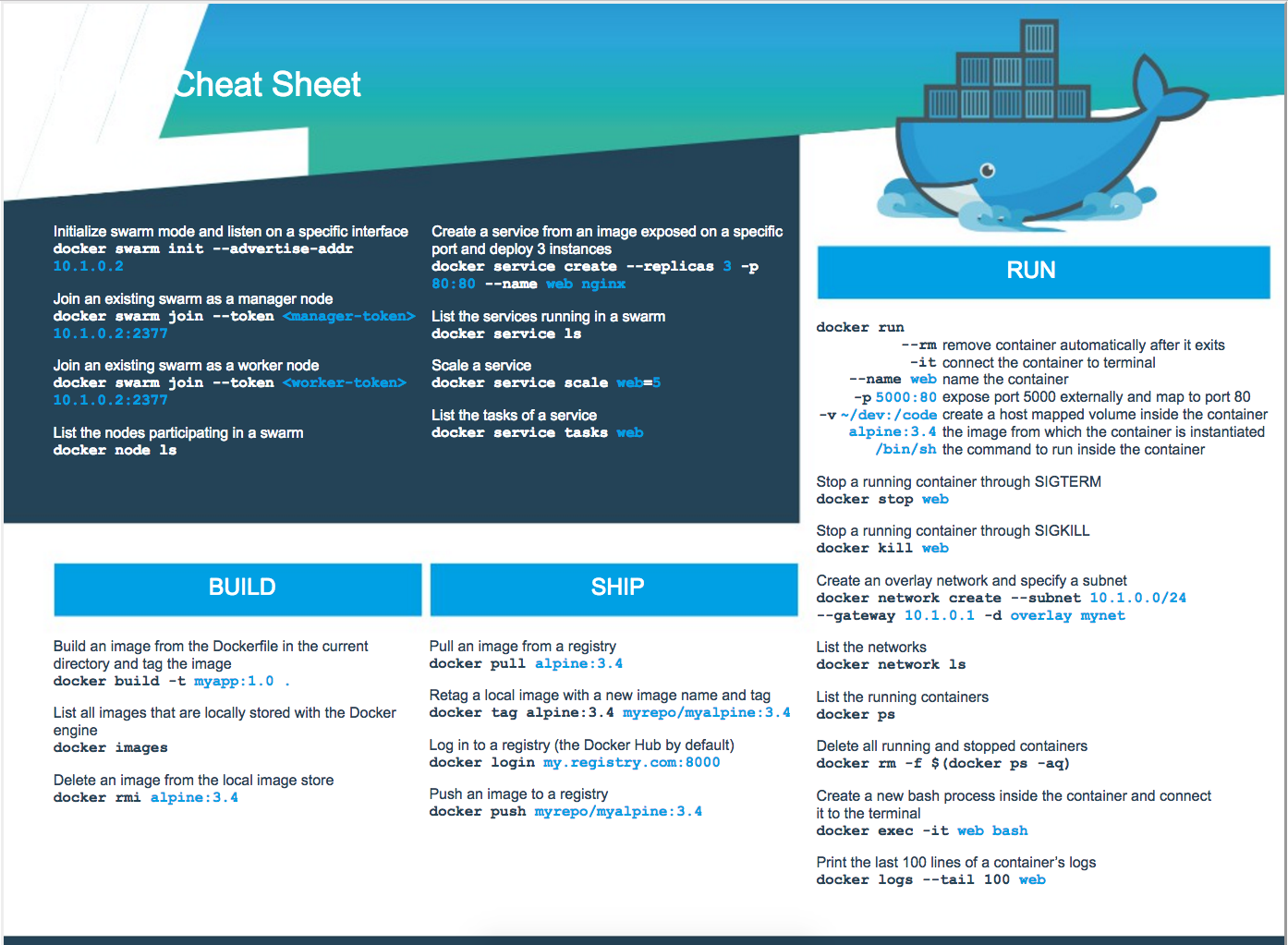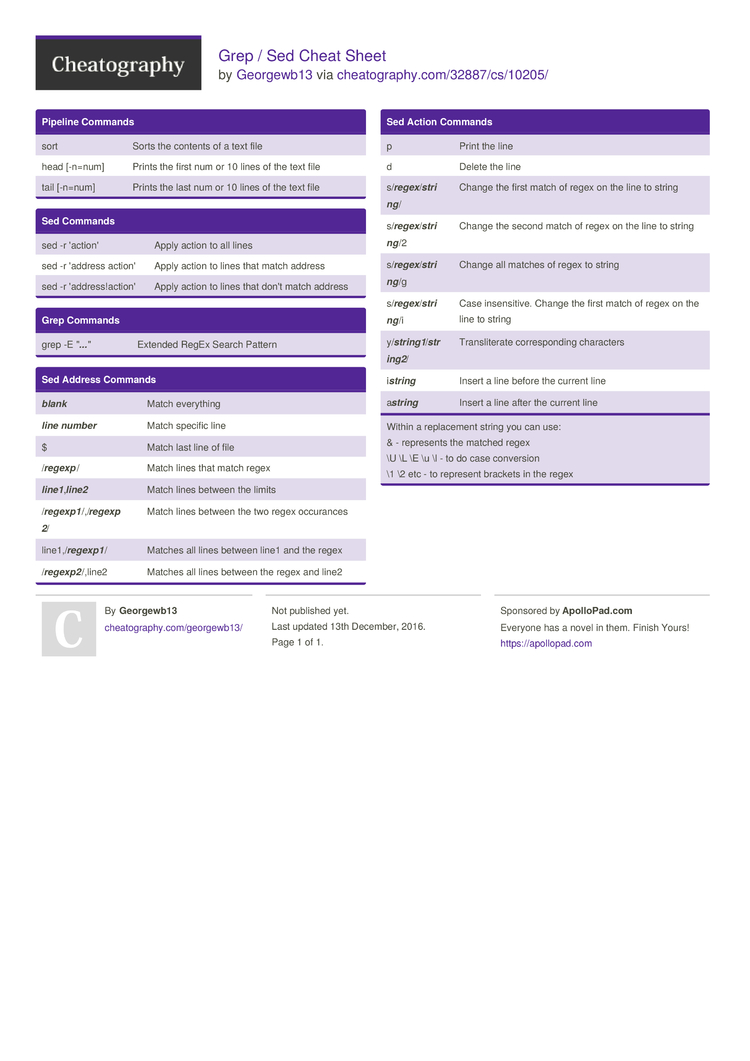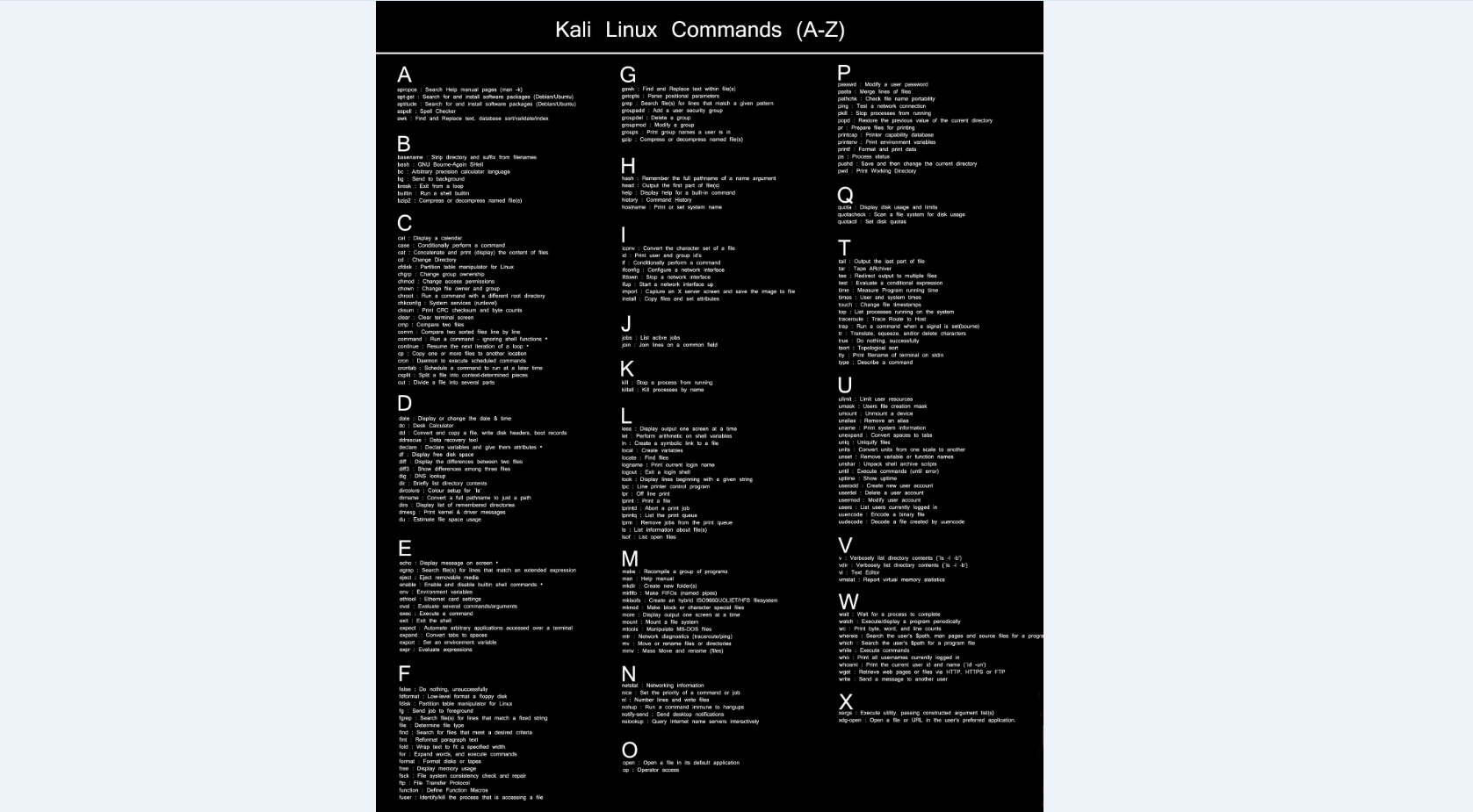

This command is used to move a file from one place to another.īelow are the file and directory management commands. This command is used to copy a file from one location to another. We can remove the directory into the specified path by using this command. We can remove the directory using this command. We can create a directory into the specified path by using this command. We can create a new directory using this command. We can print the working directory using this command. List the directories and file in an extended format. This command lists the file and directories from the current directory. This command is used to navigate to the home directory.

This command is used to navigate to the parent directory. We can navigate to the specific path by using this command. We have described every command of file system navigation as follows.

We can reboot our system by executing the reboot command.īelow are the file system navigation commands. This command is used to remove the directory. This command is used to rename the existing file with the new name. It displays the first ten lines of the file. It displays the last ten lines of the file. This command combines two files and store output in the third file. This command displays the content of the specified file.
#Grep cheat sheet mac#
This is used to display the MAC and IP address of the system. This command is used to get system information that includes OS, release, and kernel versions. This command is used to clear all the sessions. This command is used to create the directory. This command displays all the drive and their usage on a system. This command is used to display all files that include hidden files. This command is used to change the directory into the home directory.

This command displays all files and directories from the current directory. This command displays the accessible and usable memory of the Linux system. This command is used to display the currently logged-in user. This command is used to display the system hostname. This command displays the current date and time of a system. Below we have defined all basic commands. The basic Linux commands used in the cheat sheet are listed below. We can perform various operations on the created directory. A directory is a storage unit that contains multiple files and sub-directories. One commonly used Linux command is mkdir, which creates a new directory in the file system. This cheat sheet will contain all the required Linux commands. In a Linux cheat sheet, we can add all the daily used commands in a single sheet it is straightforward to read and maintain. These cheat sheets can help you quickly recall commands and syntax when working with a tool or language. In Linux, multiple commands are available to perform processes and operations on the Linux system. Hundreds of Linux commands are available remembering each command is impossible for us, so it is better to remember daily use commands. The cheat sheet consists of a list of commands used to perform everyday actions effectively. Cheat sheet commands are quick and short reference guides that provide helpful tricks and tips to perform various tasks on a computer within a particular program or software.


 0 kommentar(er)
0 kommentar(er)
